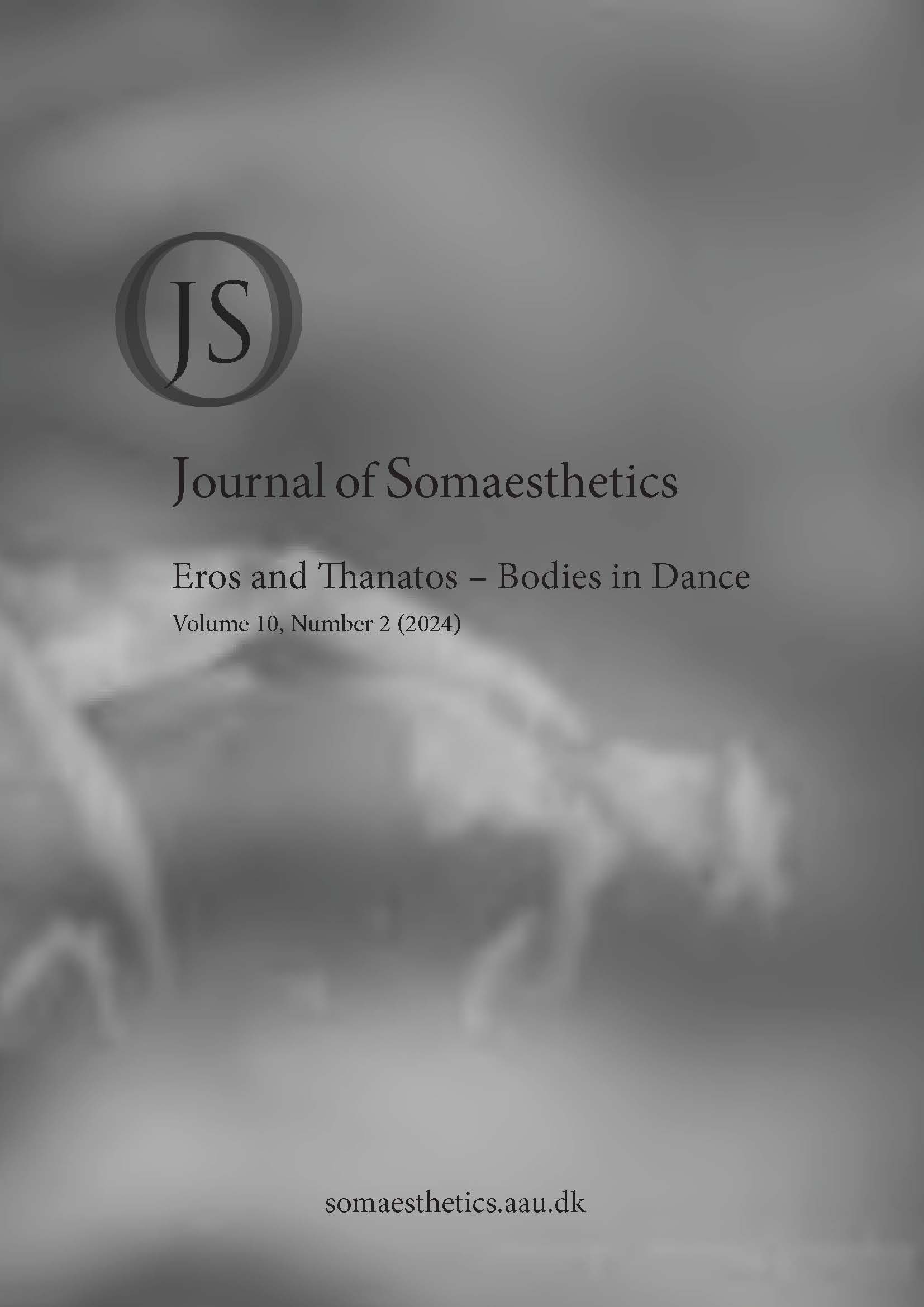Erotics in Lacan's Schema L
DOI:
https://doi.org/10.54337/ojs.jos.v10i2.8598Abstract
Lacanian theory of the subjective is based on the idea that Desire is a lack that arises in the subject in the process of introduction into the symbolic world of society where all interactions are mediated by language. The subject is evicted from the immediacy and intimacy of the world of the Mother and pushed into the symbolic world of the Father. The loss translates into a condition of lack and constitutes desire as a feature/faculty of the psyche. Desire resides in the unconscious where access to it is interpolated by language. Lacanian theory of the subject provides concepts allowing us to understand the mechanisms of desire and how they play out internally within the psyche as well as socially between subjects. A principal axis of these interactions is speech - connecting the individual to the social aspect of the psyche - the Big Other. Other such axes realize the function of imagination, sublimation and unconscious construction of a path of desire navigating the subject toward the Real. The Real is the lost world of the Mother, which had been once present at the time of birth, and which the subject attempts to recover. They are represented and described graphically in Lacan's Schema L where the main points of interest relate to language. The chief goal of the paper is to demonstrate how erotic experience participates in the structure of the subject and how it fits into the interactions of Schema L. Specifically, the erotic experience is found on the axis of interaction of the Real with object a (objet petit a). In order to relate erotics to performance arts (and dance specifically), we will situate the latter within Schema L as well.
References
Denniston, C. (2007). The meaning of Tango. Portico Books
Fraleigh, S. (1997). Dancing into Darkness. University of Pittsburgh Press
Freud S. (1989). The Freud Reader edited by Peter Gay, Three essays on the theory of sexuality, p.239, W W Norton & Co
Leupin, A. (2004). Lacan Today. Other Press.
Lacan, J. (2006) (translated by Bruce Fink). Écrits. Norton & Company Inc.
Lacan, numerous public statements — about structure of the unconscious like the language
Lacan J., Miller J.-A., Hulbert J. (1977). Desire and the Interpretation of Desire in Hamlet, Yale French Studies, No. 55/56
Lacan, J. (1997) edited by Jacques-Alain Miller. Seminar VII, The ethics of psychoanalysis, WW Norton Company
Manning, E. Politics of Touch: Sense, Movement, Sovereignty. Kindle Edition.
Massumi, B. (2002). Parables for the Virtual: Movement, Affect, Sensation. Durham, N.C.: Duke University Press.
Merleau-Ponty, M.(2002). Phenomenology of Perception. Routledge Classics
Nakajima, N. (1985). Ankoku Butoh, Lecture delivered at Fu Jen University, October 1997
Ross, K. The Origin of Value in a Transcendent Function, PhD dissertation, https://friesian.com/system.htm
Ross, Kelley, https://friesian.com/erotic.htm, on erotic art
Schopenhauer, A. (1969). World as Will and Representation, Vol. I, Second Book. The World as Will - First Aspect. Dover.
Ultimate Tango, https://www.ultimatetango.com/blog/all-you-need-to-know-about-the-tango-embrace
Downloads
Published
Issue
Section
License
Copyright (c) 2024 Tomasz Gil

This work is licensed under a Creative Commons Attribution-NonCommercial-NoDerivatives 4.0 International License.
Articles published in The Journal of Somaesthetics are following the license Creative Commons Attribution-NonCommercial-NoDerivs 4.0 Unported (CC BY-NC-ND 4.0). Authors retain copyright and grant the journal right of first publication with the work simultaneously licensed under a Creative Commons Attribution License: Attribution - NonCommercial - NoDerivs (by-nc-nd). Further information about Creative Commons
If excerpts, tables, figures, charts, artwork or photographs from other copyrighted works are included in an article, it is the author’s responsibility to obtain written permission from the copyright owners and credit the source’s in the article and citation list.


